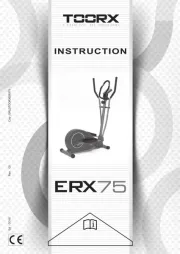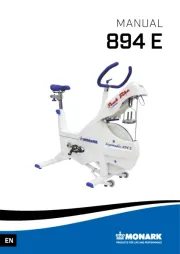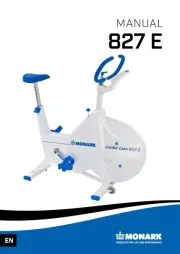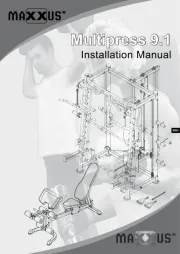
Congratulations for
selecting the state-of-
the-art REEBOK®
chest pulse sensor.
The REEBOK®chest
pulse sensor is
designed to let you
continuously monitor
your heart rate as you
exercise on your
treadmill. If you have
a REEBOK®ACD2
treadmill, the chest
pulse sensor also enables you to use the consoleʼs
two pulse programs.
Please read this manual before using the chest
pulse sensor. If you have questions after reading
this manual, call our Customer Service
Department toll-free at 1-800-999-3756, Monday
through Friday, 6 a.m. until 6 p.m. Mountain Time
(excluding holidays). Please mention model
number RBMC11980 when calling.
REEBOK®CHEST PULSE SENSOR Model No.
RBMC11980
Note: REEBOK and the Vector Logo are
registered trademarks and service marks of Reebok.
This product is manufactured and distributed under
license from Reebok International.
HOW TO PUT ON THE CHEST PULSE SENSOR
The unique chest pulse sensor is specially designed
for accuracy, comfort, and durability. To get the best
performance from the chest pulse sensor, please read
the instructions below.
HOW TO PUT ON THE CHEST PULSE SENSOR
The chest pulse sensor consists of two components:
the chest strap and the sensor unit. Follow the steps
below to put on the chest pulse sensor.
Refer to the inset drawing above. Insert the tab
on one end of the chest strap through one end of
the sensor unit as shown. Make sure to press the
end of the sensor unit under the buckle on the
chest strap.
Wrap the
chest pulse
sensor
around your
chest.
Attach the
other end of
the chest
strap to the sensor unit as described at the left.
Adjust the length of the chest strap, if necessary.
The chest pulse sensor should be under your
clothing, against your skin, and as high under the
pectoral muscles or breasts as is comfortable.
Make sure that the logo is facing forward and is
right-side-up.
Pull the
sensor unit away from your body a few inches
and locate the two electrode areas on the inner
side. Using a saline solution such as saliva or
contact lens solution, wet both electrode areas.
Return the sensor unit to a position against your
chest.
3
2
1
Chest Strap
Sensor Unit
Tab
Buckle
Logo
Electrode Areas
Sensor
Unit
WARNING: If you have an implanted medical
device such as a pacemaker, check with
your physician before using the chest pulse
sensor. If you have heart problems, or if you
are over 60 years of age and have been inac-
tive, do not use the pulse programs. If you
are taking medication regularly, consult your
physician to find whether the medication will
affect your exercise heart rate.




















